Bookbinding Paper | Charactersticks | 4 Types
Bookbinding is the art of assembling individual pages into a cohesive structure. While various materials contribute to creating the final product, paper is the backbone of this intricate process. From content presentation to structural support, the role of paper in binding is phenomenal.
Also, the overall quality and longevity of the bound volumes depend on the characteristics of the bookbinding paper. This blog helps you to select the right type of paper for different binding techniques.
Fundamental Characteristics of Bookbinding Paper
The choice of paper for bookbinding goes beyond its visual appeal. It’s about creating a lasting bond with the final product. For that, you need to consider many factors that can influence the durability, quality, and aesthetics of the bound volumes. Here are some benchmarks that help you to evaluate the right bookbinding paper.
1. Weight and Thickness
The weight and thickness of bookbinding paper have a direct effect on the overall book’s feel and sturdiness. Thicker pages add durability and substance to the book. In contrast, lightweight papers are mostly used in flexible binding techniques.
So, the choice of the right paper weight depends on the binding technique you are deploying. For example, in the case binding process, you may need robust bookbinding paper covers and pages to withstand folding and sewing.
2. Texture and Finish
Paper texture or finish contributes to the tactile or visual appearance of the book. For example, the smooth texture offers a sleek surface which is suitable for minimalist designs. Similarly, the rough or textured surface adds depth and character with a rustic look.
Moreover, the paper’s finish also showcases how well the ink and printing process interacts with the surface. So, it helps in optimizing the print quality and overall appearance of the bound volumes.
3. Strength and Durability
The durability factor is a cornerstone in selecting the right bookbinding paper. You should select paper sheets that can withstand various stresses during the binding processes.
For example, it must be durable and strong enough to endure sewing, gluing, and folding. This maintains the structural integrity of the book over time.
4. Acid-free and Ph Neutral
Everyone wants to preserve the quality and longevity of the book. For this purpose, choose a bookbinding paper that is acid-free or Ph-neutral to avoid yellowing or deterioration over time. It ensures that the book will remain in good condition even after so many years.
5. Size and Format
The size and format of the paper affect the book’s proportions. Try to choose the right paper size depending on the binding process. Also, you need to consider factors such as margin width, trim size, and page gutter to determine the right dimensions of the book.
Different Types of Paper for Bookbinding
When you step into the paper industry, you come across various paper types for binding purposes. The choice of the right paper depends on your intended purpose and desired aesthetic. Let’s get into some recognized options in the following.
1) Coated Paper
The coated paper offers a smooth and glossy finish due to a coating of clay and other compounds. It can enhance image detail and color saturation. So, this works well for high-quality color printing, such as in art books or photography books.
2) Uncoated Paper
Uncoated paper has a more natural and textured feel compared to coated paper. It does not contain a coating that results in a rough paper surface. This bookbinding paper is often deployed for novels, textbooks, and other books that primarily focus more on texts than images.
3) Bookbinding End Paper
These are the paper sheets that form a connection between book pages and the cover. They play an essential part in providing stability, protecting the book’s spine, and giving a finished look to the binding.
Endpapers are typically heavier and more durable than the text paper used for the book’s pages. You can deploy uncoated, acid-free, or decorative paper for bookbinding as per your preferences.
4) Bookbinding Paper Cover
Bookbinding paper cover refers to the material used to create the outer cover of a book. This material not only protects the book’s pages but also contributes to the overall appearance and durability.
There are various types of materials that can be used as book covers. You can use cardstock, kraft paper, printed paper, or other customized options as per your needs and requirements.
Conclusion
In short, bookbinding paper acts as a cornerstone in enhancing the durability and visual appeal of the book. For the selection of the right paper type, you need to consider factors like weight, texture, finish, size, strength, and more. The choice of suitable paper also depends on the binding technique you are employing.
If you are seeking the best paper for bookbinding, look no further than PaperPapers. We offer a variety of durable and top-quality papers for different purposes. From metallic papers to specialty cardstock, you can find different paper types at cost-effective rates. So, why wait? Order now!

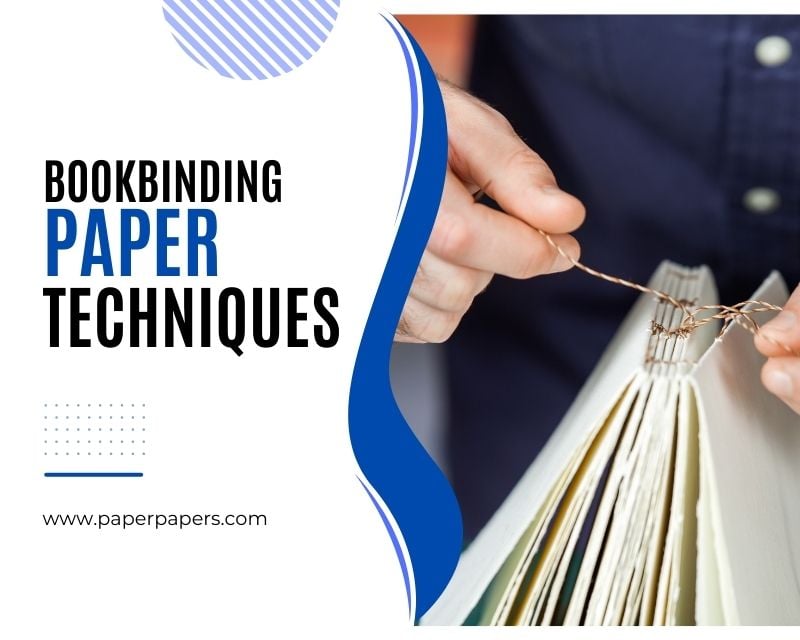


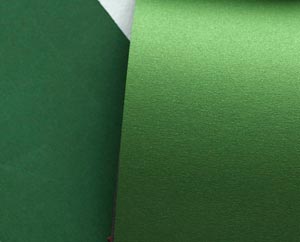
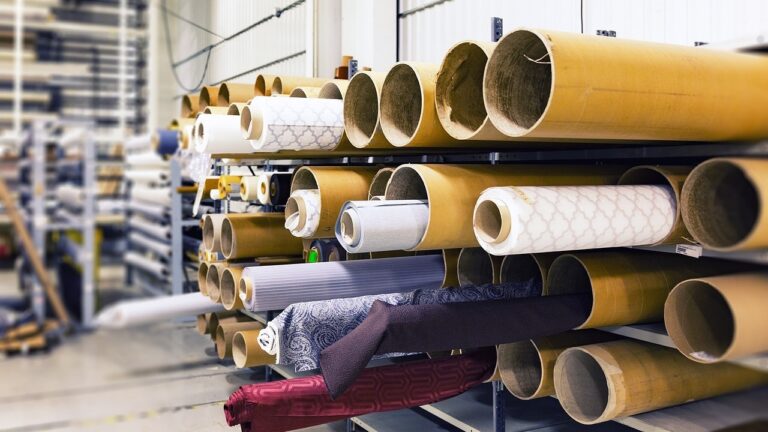
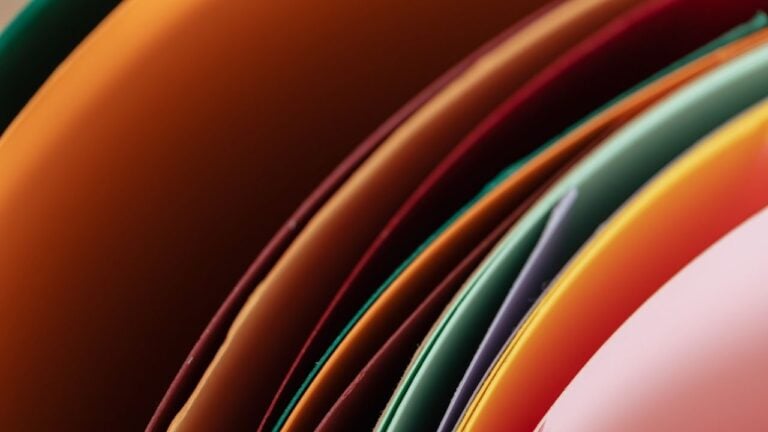
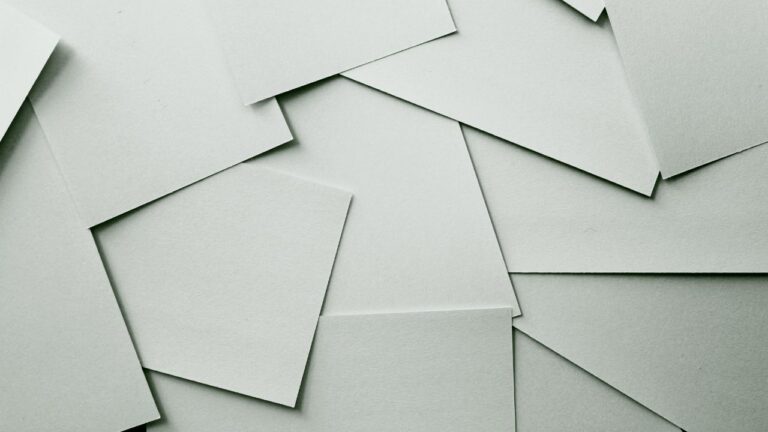
One Comment